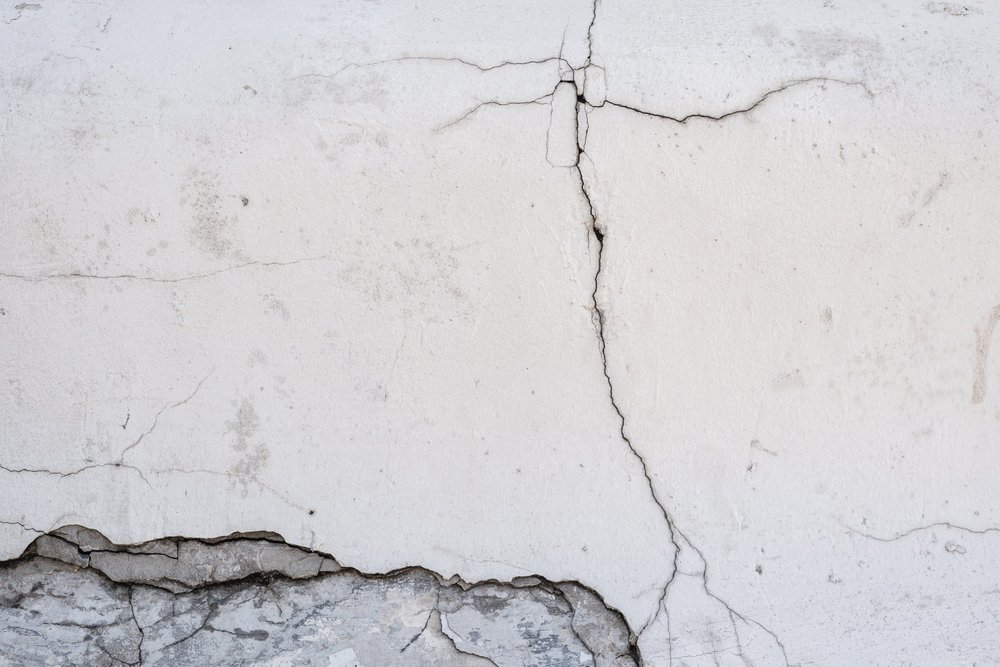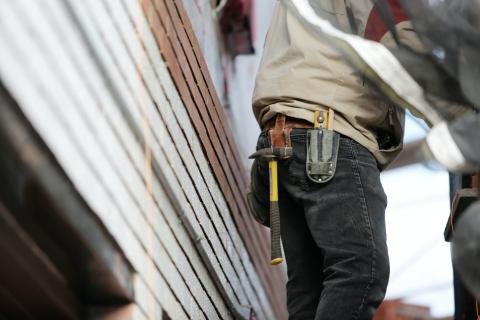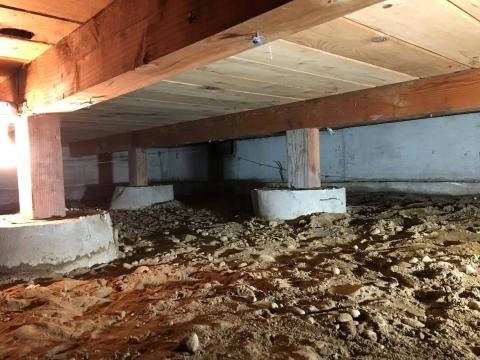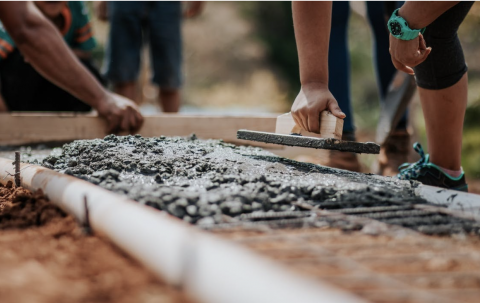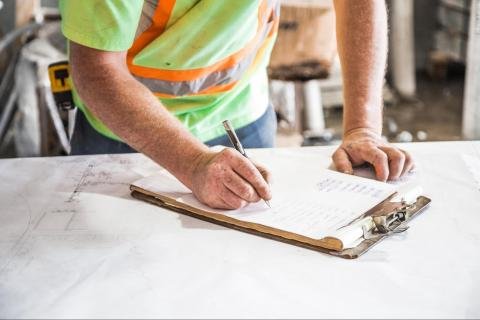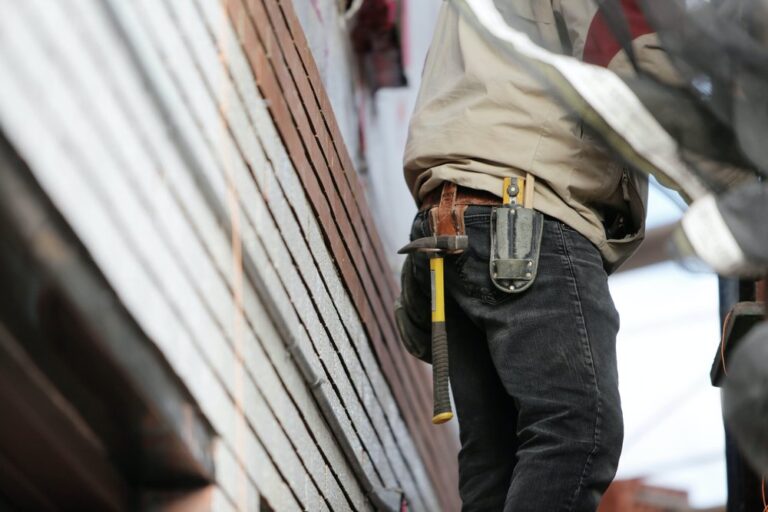Cracks in Your Foundation: When to Worry and When to Act
The foundation of your home is its literal and metaphorical support system. It’s what holds up your house and ensures its stability and safety. Over time, it’s not uncommon for some cracks to appear in your foundation due to natural settling or environmental factors. The key is to know when these cracks are just minor cosmetic issues and when they should be a cause for concern. In this article, we will help you understand when to worry and when to take action when it comes to cracks in your foundation.
Understanding the Types of Foundation Cracks:
Not all foundation cracks are created equal. To determine whether a crack is a sign of a significant problem, you need to understand the types of cracks:Hairline Cracks: These are small, thin cracks that are usually less than 1/16 of an inch wide. Hairline cracks are typically nothing to be overly concerned about and can be the result of natural settling.
Vertical Cracks: Vertical cracks that are wider at the top than at the bottom may indicate settling, but they are usually not an immediate cause for panic.
Diagonal Cracks: Diagonal cracks can be a bit more worrisome, as they may suggest a more significant issue. They often form at a 45-degree angle and could be a sign of differential settlement.
Horizontal Cracks: Horizontal cracks are typically the most serious. They can indicate structural problems and should be addressed promptly.
When to Worry:
You should be concerned and consider taking action when:You notice horizontal cracks in your foundation.
Cracks are wider than 1/4 inch.
Cracks are accompanied by other signs of foundation issues, such as doors and windows sticking or uneven floors.
Cracks appear suddenly or are rapidly expanding.
When to Take Action:
If you notice any of the worrying signs mentioned above, it’s time to take action. Here’s what you should do:Consult a Professional: The first step is to contact a foundation repair expert. They will assess the cracks and determine if they pose a structural risk to your home.
Address the Root Cause: The professionals will not only repair the cracks but also address the underlying cause of the problem. This might involve fixing drainage issues or stabilizing the foundation.
Regular Inspections: Even if you don’t see worrying cracks, it’s a good idea to have regular foundation inspections to catch potential problems early.
Preventive Measures:
To avoid foundation issues altogether, consider these preventive measures:Proper Drainage: Ensure your property has proper drainage to prevent water from accumulating around your foundation.
Maintain a Consistent Moisture Level: Avoid extreme fluctuations in soil moisture levels, as this can lead to foundation movement.
Foundation Maintenance: Regularly inspect and maintain your foundation, looking for any signs of trouble.
Conclusion:
Cracks in your foundation can be a source of concern, but not all cracks are created equal. It’s important to understand the types of cracks and when to worry or take action. When in doubt, consult with a professional to ensure the safety and stability of your home. With the right knowledge and timely action, you can keep your foundation strong and your home secure.

